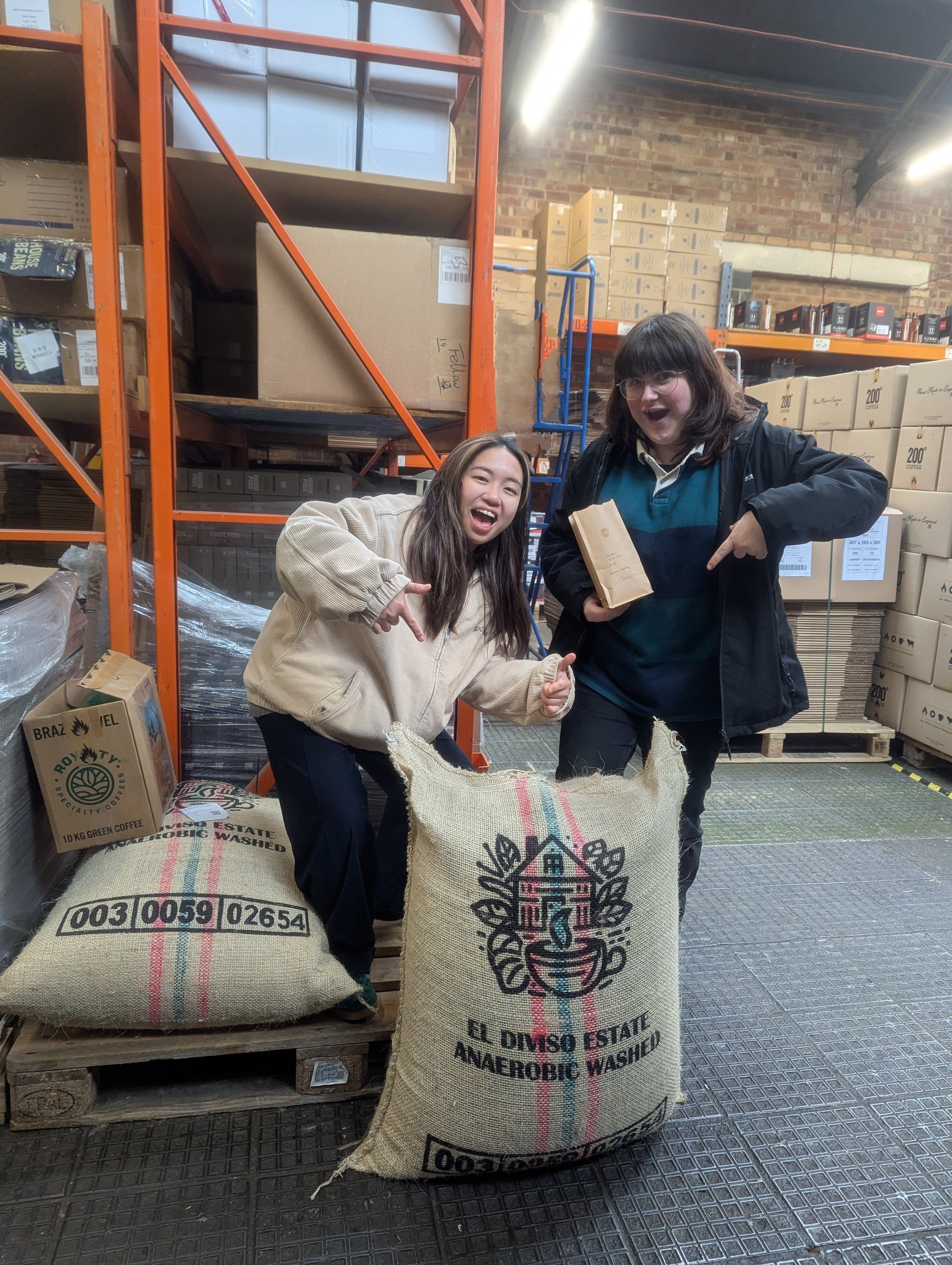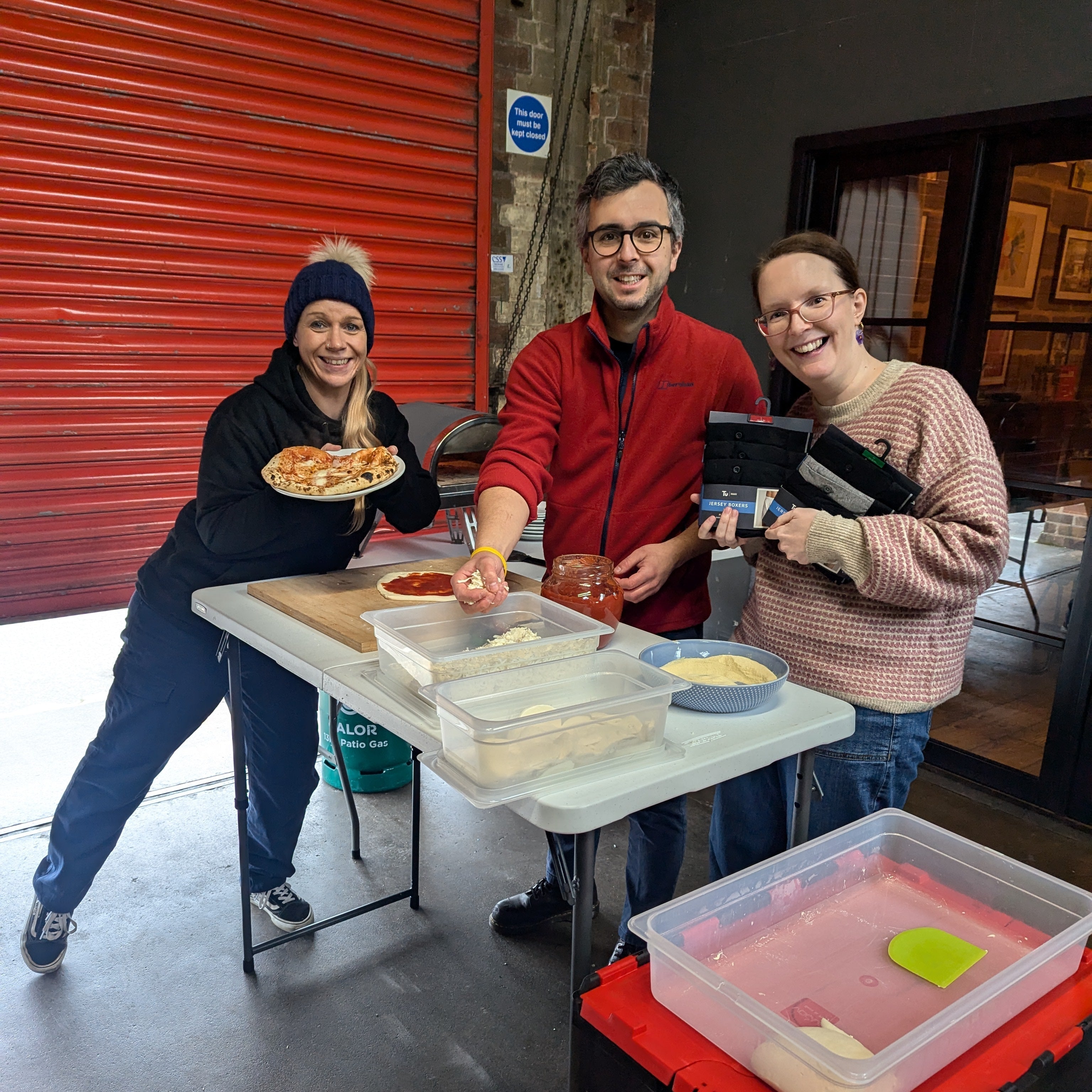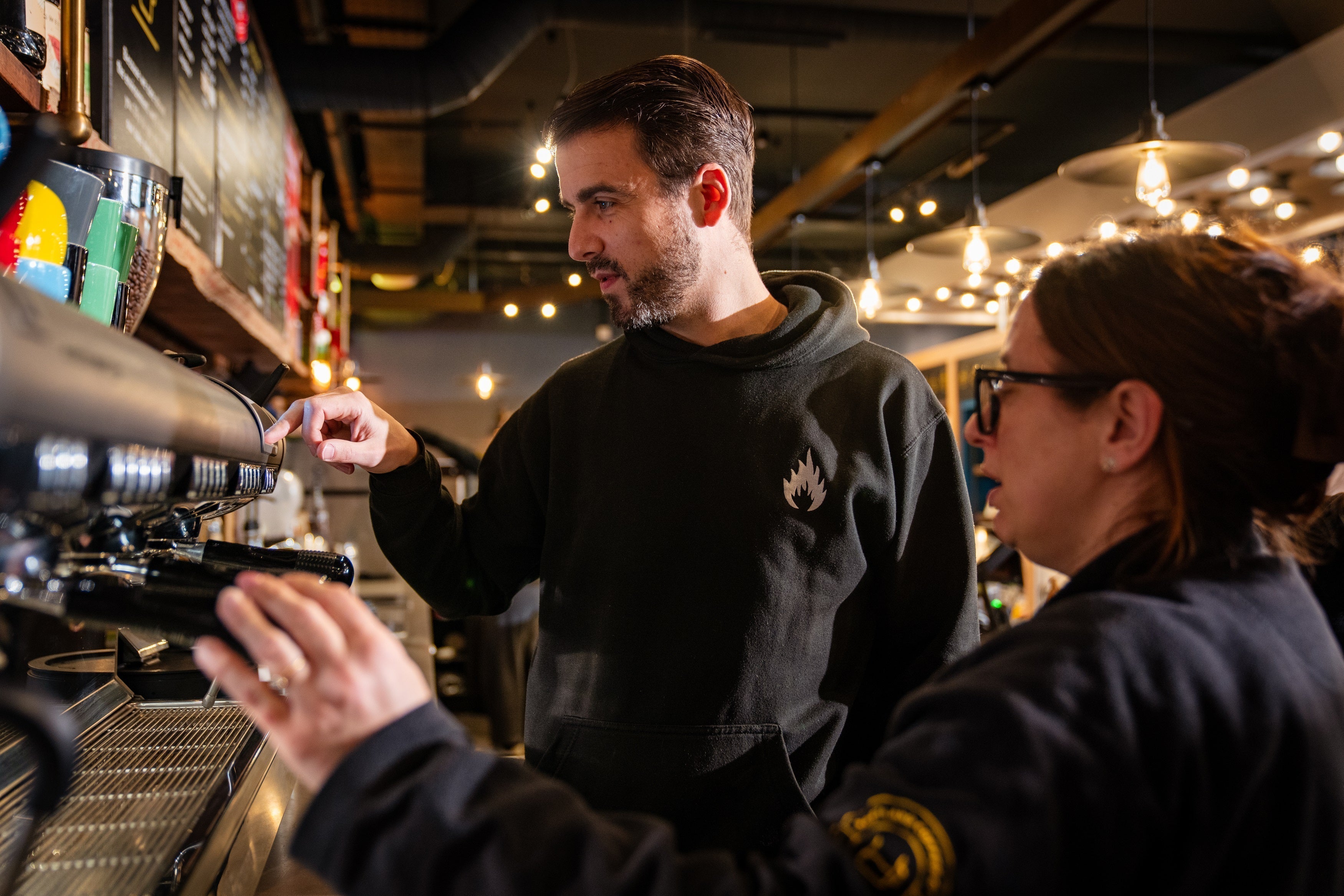NEWS AND BLOGSWHAT WE'VE BEAN UP TO

How to Make Our Salted Caramel Oat Iced Twist — Your New Favourite Summer Sip
Looking to cool down while still getting your caffeine fix? Our Salted Caramel Oat Iced Twist is a smooth, sweet, and perfect for the warmer days. Whether you're stopping by...

- Gifting
No More Socks: The 200 Degrees Father’s Day Gift Guide 2025
It’s a fact – no functioning parent can get through the day without caffeine in some form. It’s how they stay alert enough to ensure their kids don’t run into...

- Gifting
A Coffee Gift Guide for Mothers Day
Caffeine - you're the reason your mother drinks it. So the least you can do is treat her to the good stuff. Here's some great gift ideas or all mums...

- Community & Sustainability
From shop floor to roast house
Two team members from our shops have been on a coffee journey as they learn to roast their own coffee for International Women’s Day. On Saturday 8th March, International Women’s...

- Community & Sustainability
Behind the scenes this January
See what Team 200 have been up to alongside the usual coffee business over the last couple of months. AARON: SUPERSTAR GM In December, we opened our 22nd shop, and...

- News & Events
SHBs (That's Senior Head Barista!) - our MVPs
In 2024, we introduced the new regional role of Senior Head Barista to our coffee shop operations. Designed to support out shop teams with their personal development, to improve coffee...

- Education
Getting granular on grinders
FIND THE RIGHT ONE FOR YOUR VENUE At 200 Degrees we’ve recently replaced the coffee grinders in our shops so we thought it a good time to give you a kindly...

Find your coffee love match with our quiz
The dating game in the 21st century is, quite frankly, a hot mess, so in the lead up to Valentine's day, we're throwing it back to simpler times to help...

- Gifting
Bean Mine: A Valentine’s Day Gift Guide for Coffee Lovers
Some gift ideas for anyone looking to say ‘I love you’ to their favourite coffee person...
Showing 9 of 61 results








